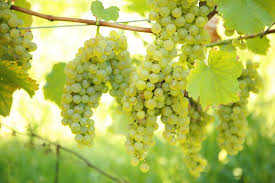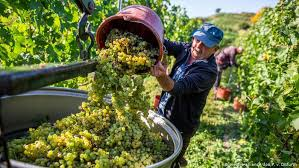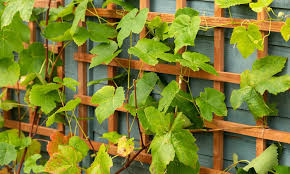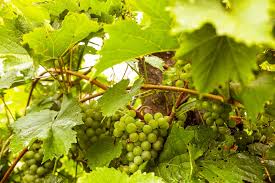By Benedict Vanheems | January 9, 2015
As we settle into 2015 and the New Year celebrations fade, I found myself toasting with a thought: what if I could raise a glass of wine made from my very own grapevines? While it may seem daunting, even in cooler climates, it’s entirely possible to cultivate a few vines that could produce a couple of bottles of homemade wine. The process might not yield award-winning wines, but the satisfaction of crafting your own beverage will make the experience all the more enjoyable.
Choosing the Right Location for Your Grapevines
Grapevines can be surprisingly prolific in terms of foliage, but the real key to producing grapes lies in choosing a sunny spot for them to grow. If you’re in a temperate climate, look for a south- or west-facing wall or fence that will catch and reflect the sun’s heat, creating a warmer microclimate ideal for ripening fruit. In the Southern Hemisphere, aim for a north- or west-facing location. Those in warmer climates won’t have to rely so much on these tricks and can grow free-standing vines with confidence.

Selecting the Best Grapes for Your Climate
When picking a grape variety, the goal is reliability over complex flavors—especially if you live in a place with unpredictable weather. For example, I’ve chosen ‘Siegerrebe,’ a hardy German variety known for being an early cropper. This means that even if spring starts late, there should still be enough time for the grapes to ripen before the frost. ‘Siegerrebe’ is also a dual-purpose variety, so I can enjoy the grapes fresh or use them for wine. This variety is successfully grown as far north as British Columbia and Nova Scotia, so I’m hopeful it’ll thrive in my garden.
For those in warmer regions, there are numerous grape varieties to choose from, including drought-resistant ones. It’s a good idea to consult with local plant nurseries for the best recommendations based on your specific conditions.

Planting Your Grapevines
Planting grapes is much like planting other fruit. Start by preparing the soil—remove weeds and work in well-rotted organic matter. Grapevines are adaptable to various soil types but don’t do well in overly wet conditions. It’s best to plant them while they are dormant in late winter or early spring, depending on your climate. Set the vine root ball so the top is level with the soil surface and position it about 9 inches (22cm) from a wall to avoid a rain shadow. Cut the vine’s stem down to a healthy bud 12 inches (30cm) above the ground and tie it to a cane that’s supported by horizontal wires. If you’re planting multiple vines, space them 3 to 6 feet (1 to 2 meters) apart.
Training Your Grapevines
To encourage healthy growth, you’ll need to train your vines along a support system. While you can let them sprawl over a pergola for aesthetic purposes, grape production benefits from using horizontal wire supports. If you’re growing them against a wall, install galvanized wires 16 inches (40cm) from the ground, with subsequent wires spaced 12 inches (30cm) apart. Ensure the wires are taut by feeding them through vine or screw eyes fixed into posts or walls.
In warmer regions, consider planting vines in rows and securing them with vertical uprights. The rows should run north-south to minimize shading between vines. Grapevines are self-fertile, so you won’t need additional pollinators for fruit set.

A popular training method in vineyards is the “double guyot” system, where two horizontal stems are trained along the lower wire, and vertical shoots are allowed to grow from these. Once the shoots reach the top wire, trim off side shoots and cut the stems back in late autumn. New shoots will be bent down for the next season.
Maintaining Your Vines
Aside from the training, your vines will need regular care. Water newly planted vines during dry spells, and in spring, apply a general organic fertilizer. Mulch around the base to retain moisture and suppress weeds. If birds are a problem, consider netting your vines to protect the fruit.
Harvesting Your Grapes
The most exciting part of growing wine grapes is, of course, harvesting. However, don’t assume grapes are ripe just because they’ve reached the right size and color. Test a few by taste to ensure they’re truly ready for picking. While grapes can store for a few days, homegrown produce is best enjoyed fresh.
I plan to dive into winemaking soon and will report back with my results. In the meantime, I’d love to hear from any experienced winemakers—share your tips and advice in the comments. Here’s to another fruitful growing season!
